Analogue and Chemical Reactions with Kimberley Ross: An Interview
13 Share TweetHave you ever tried to take your analogue antics to the danger zone? We mean experiments and risks that could completely ruin your entire work, but could also spark incredible works of art! Those who are brave are rewarded with a huge payoff. Welcome Italy-based photographer Kimberley Ross as she shares her creative and experimental process of chemically 'destroying' film with various substances.
Hi Kimberley, welcome to Lomography Magazine! Firstly, when did you start with photography, particularly film photography?
Hi everyone, it’s great to be here! I started with photography later than most people, and through another passion, I had at the time which was collecting dolls (I know, it sounds super creepy lol). I started with a small digital camera but I wasn’t really excited with the results and pretty soon I switched to a film camera and b/w home developing.
The photos in Analog Remix look heavily chemically-vandalized and it's awesome! Could you share with us the work process for this series?
I started out with this project because I had read somewhere about the possibility of soaking rolls before shooting them to get this word vintage feel. I had nothing to shoot at the moment so I thought I might as well try on some negatives. This was all very improvised and I used anything I could think of: hot water, lemon juice, different kinds of soaps. I took notes very carefully, writing down everything: the ingredients and also the times every frame was soaked. Then I put everything in my scanner and crossed my fingers.
Your professional editorial work looks so different from this series. Could you share with us why you chose this certain aesthetic?
When I work on an assignment I rarely have the freedom to experiment — most of my clients look for a product that is reliable and above all fast. This is why for my personal projects I love to experiment and try new things that I can eventually incorporate into my assignments. This is for example how I got to use prisms and similar devices in my live music photos: I learned on my own and later put what I discovered into my work. Or also I experimented with a very old batch of Russian film expired in 1992 and I loved the results — later I was lucky enough to find a commission from Yoox where I could use this film without freaking out about the results.
In general, what elements do you look for before capturing a photograph?
I always look at the light before everything else, I mean that’s what photographs are made of right? So yes, I always look for a lighting situation that will work for my subject. Of course, this changes from situation to situation. When I shoot music, for example, I have no way to work on the light, so I try to understand the scheme of the lights for the show, follow their rhythm and understand when to shoot to get the result I want.
Where do you draw inspiration from? Who are your muses?
I’m an obsessive Instagram user! I think it’s a marvelous tool for the photographer to discover new and incredible work all around the world. I spend hours going from post to post and I always get incredibly inspired. There are so many talented photographers out there! I’ve also been always very inspired by cinema, I grew up up in a family of cinephiles and later I studied cinema myself, so I’m sure that has had a big visual influence on me. I love the work of a lot of photographers, really too many to mention so I will only name the first that comes to my mind: Floria Sigismondi — hi Floria, if you read this: I love you!
If you could work or collaborate with any photographer, artist or person, dead, alive or fictional, who would it be?
Oh my! this is a very difficult question so I’ll just go with the first names on my mind or this could take hours. So, alive: Björk. Dead: Stanley Kubrick.
Describe to us — what's a day in the life of Kimberley Ross?
Ahahah well, I don’t have two days that look the same! I would say if I’m not shooting I usually spend the day answering my emails, sending out other emails, and in general taking care of the projects that are about to happen. If I’m shooting, depending on my assignment I usually wake up really early and leave for whatever adventure is on my schedule.
I rarely have a downtime, this is I think a “problem” all freelancers have. Even when I’m watching TV my computer is always close by so I can check my email or write down an idea. If I really want to relax I go to my mom’s, because she lives in the countryside and the internet connection is so bad that I’m forced to take a break.
As for my upcoming projects, festival season is about to begin so that will be the core of my summer plans: this year I’m covering 5-6 festivals from June to September. I also plan to cover the next fashion week in June, to work on a couple of portrait projects, to use my 4x5 camera, and — last but not least — I had my dad put together a custom frame for me so that I can start experimenting with cyanotype again. I’d also love to take a vacation, I haven’t had one in four years, but we’ll see.
For more of Kimberley's works, visit her website, Instagram, and Facebook.
written by Ciel Hernandez on 2018-06-01 #people #analogue-photography #kimberley-ross

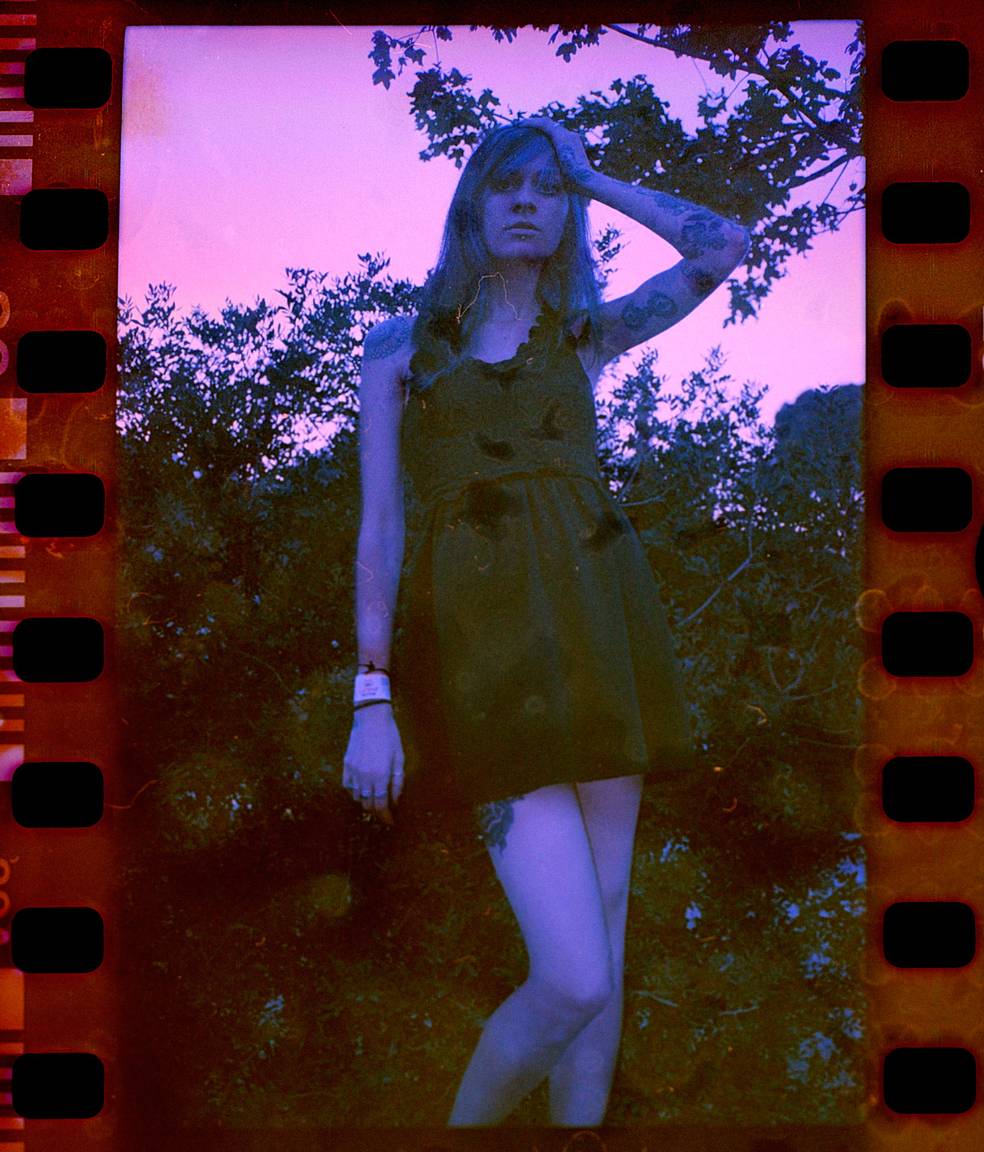














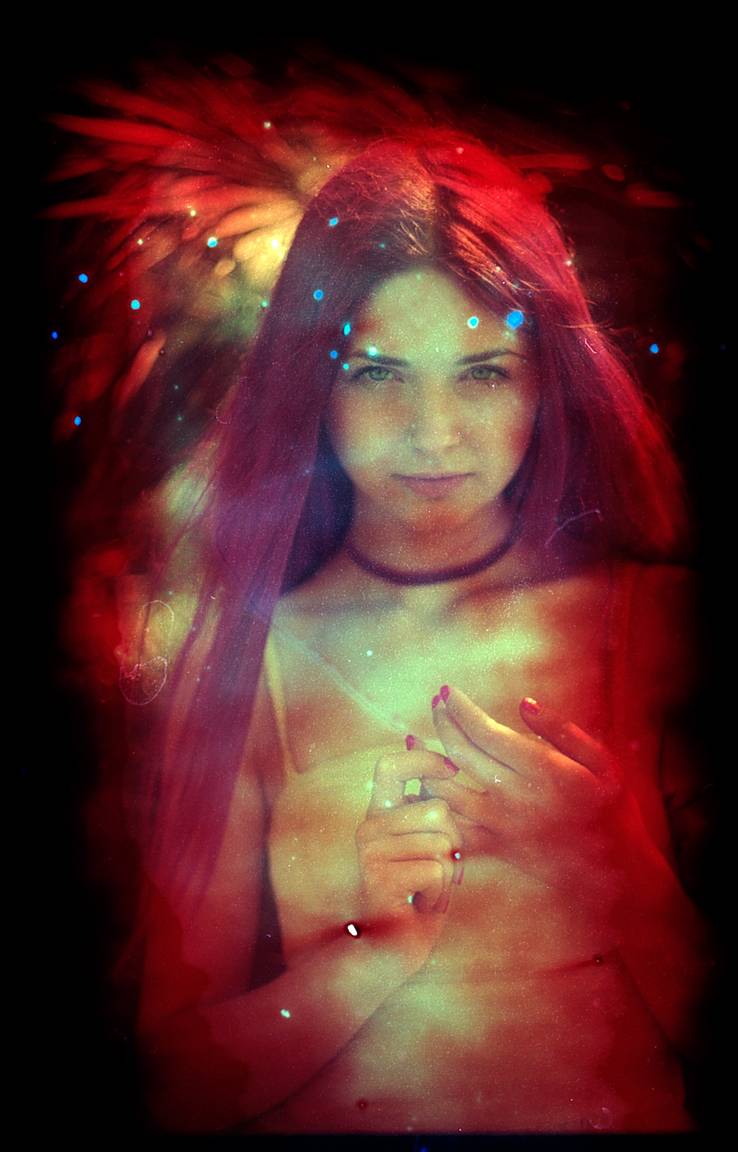
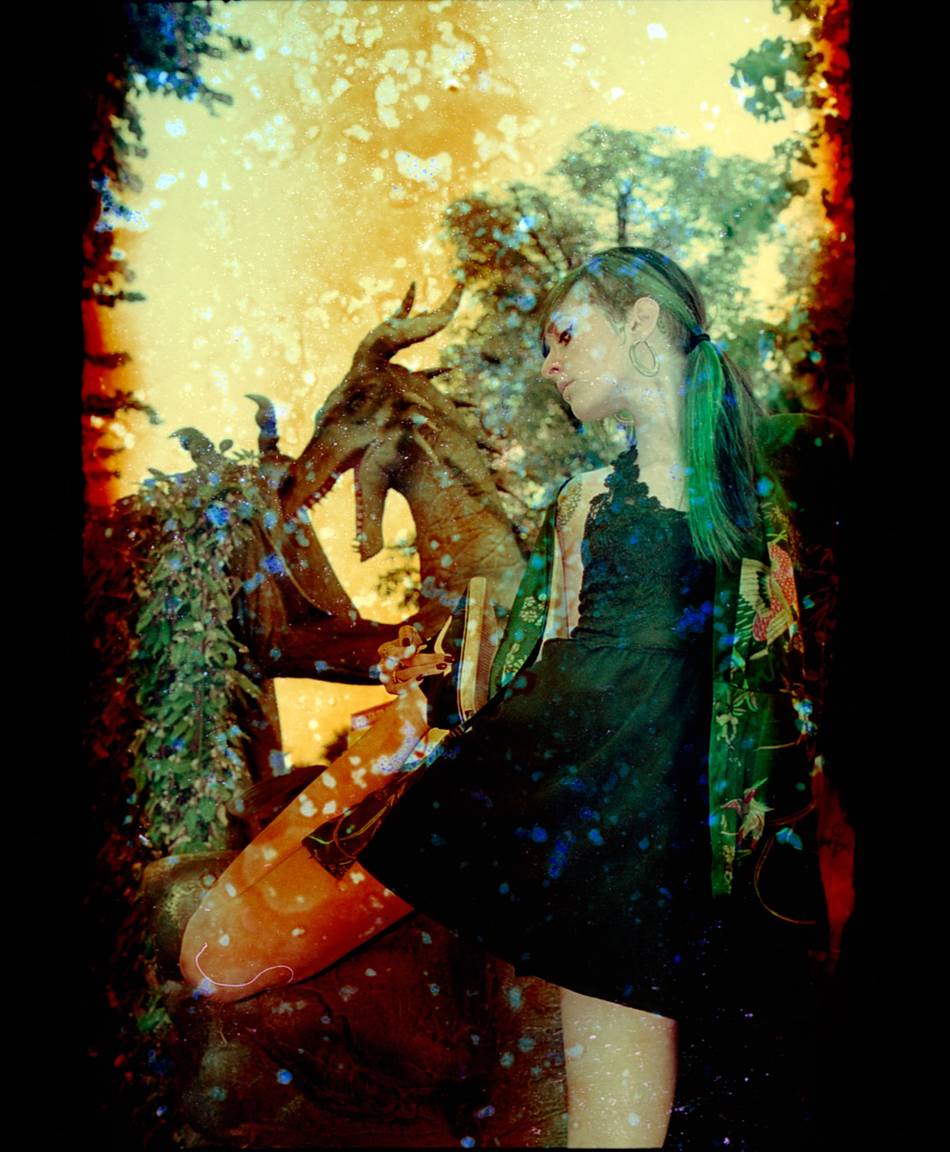
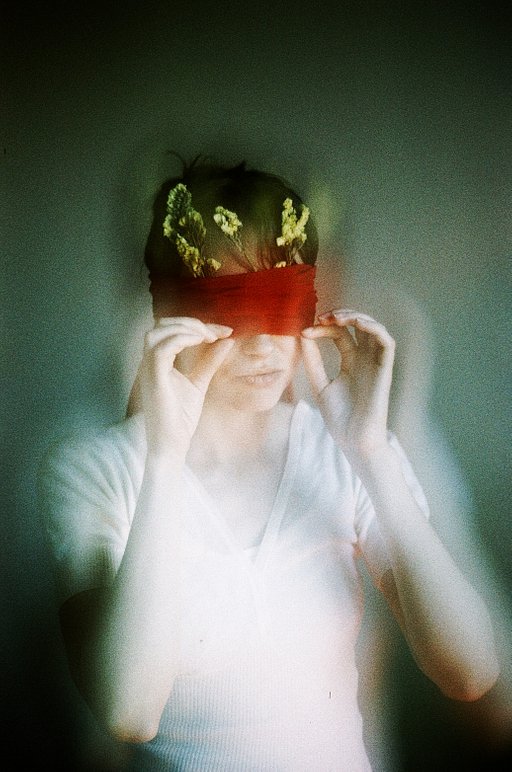
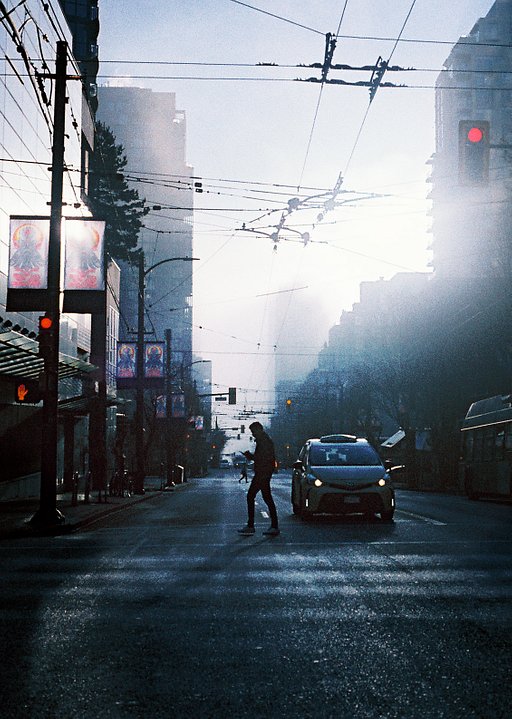


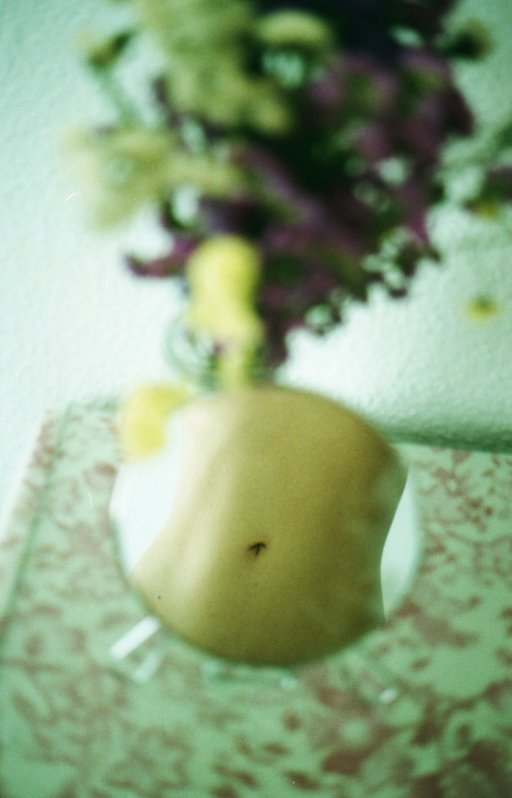











No Comments